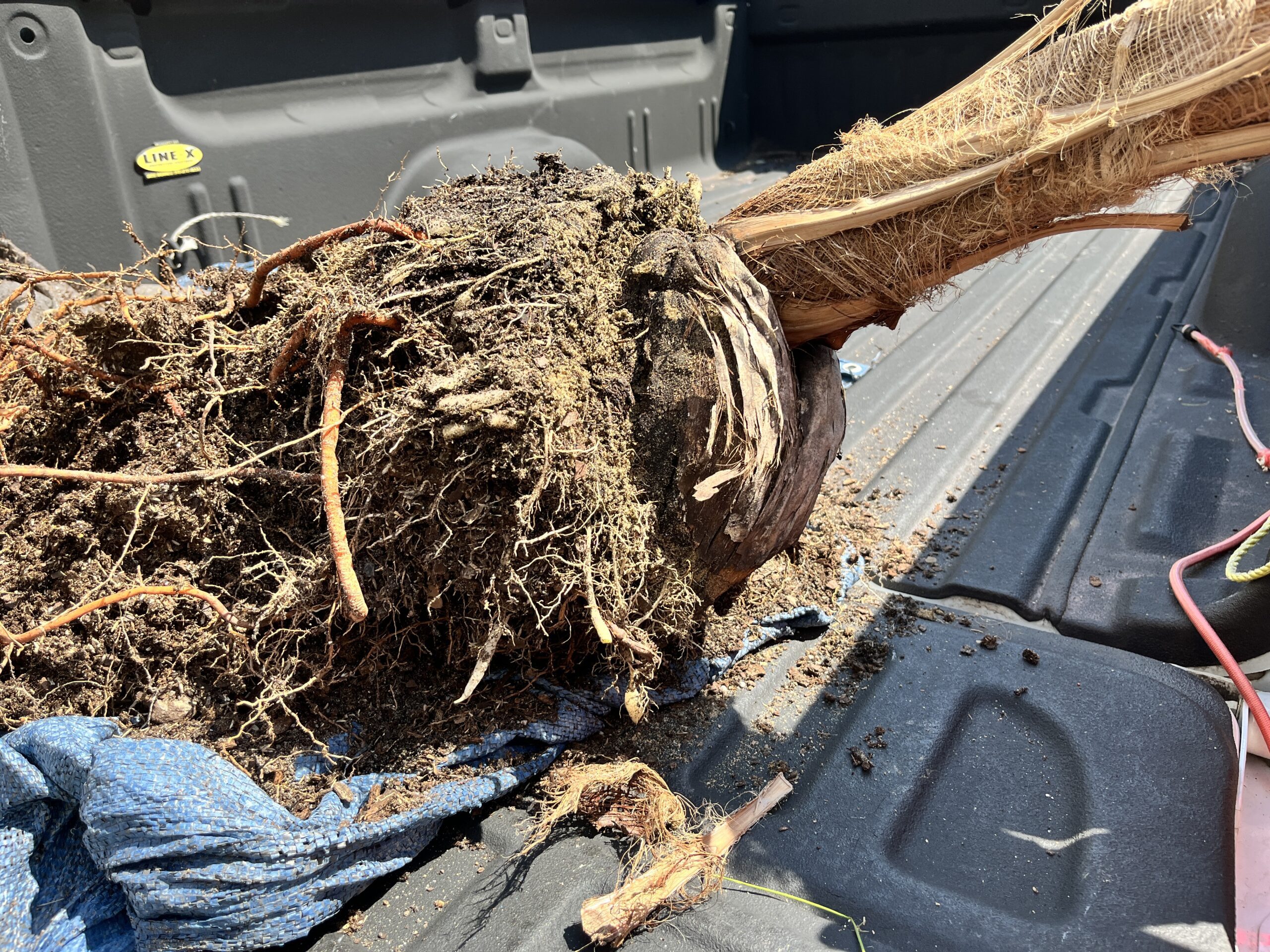
As the weather changes–looking to bring the outdoors in? Here’s how to mix your houseplants to create beautiful indoor landscapes—dish gardens, terrariums and other displays that will thrive in your home.

Indoor Plantings that Mimic Nature
Emily Kellett, co-owner of Ohio-based Stump houseplant boutiques, explains how to master these indoor plantings that often combine several species or mimic scenes in nature.
CONTAINER Find a shallow dish, ideally one with a hole in the bottom for drainage and one that matches the size and root depth of your plants. “It’s helpful to bring your container with you to the garden center,” Kellett says. Try repurposing saucers of large ceramic and terra-cotta pots; they’re just right for shallow-rooted succulents and cacti.
PLANTS Begin by choosing like plants—ones with similar light and water needs. For example, use all succulents or all tropical plants but not a mix of the two. Dish gardens look best when you hide the soil, so either pack the container quite tightly with plants or artfully fill gaps with accents or gravel. (More on that under Design.)
SOIL Indoor potting mix works for most plants, but cacti and succulents need the sandier blend. When using extra-shallow containers, mound the soil a few inches above the rim to give roots more room.
WATER Some shallow containers or saucers lack drainage holes. To prevent waterlogged soil and rotted roots, take extra care when watering. Water when soil is dry, let sit for a couple of hours, then drain off any excess by tipping the saucer over a sink at a 45-degree angle. (A layer of gravel or horticultural charcoal at the bottom of the container can also help absorb water.) Be especially mindful not to overwater cacti and succulents. Kellett suggests using a cup about a third the size of the container to avoid overwatering.
DESIGN Play with scale to mimic grander landscapes. Top-dress the container with fine bonsai gravel. Experiment with different gravel colors, and make sure to cover all the soil. Add accents like driftwood, larger pebbles or natural keepsakes from travels.
CARE Follow light and water guidelines on the plant tags. If your plants are doing well, Kellett says they’ll outgrow the dish garden in a year or two. “So, the beauty of that is you gain mature plants to separate and grow in their own pots or to give to friends and start over.”
Shadescape Garden
Some people are blessed with south-facing windows. For the rest of us, there’s this dish garden, built to thrive in sunlight-starved homes. It features (clockwise from top right) peperomia, satin pothos and bird’s nest sansevieria. Stones and synthetic moss accent the plants and look tidier than bare soil.
Zenscape Garden
A single plant like this variegated Ming aralia (Polyscias fruticosa) takes on a bonsai look when planted in a low dish, top-dressed with dark pebbles and elevated on a platform. It grows fastest in bright filtered light but will tolerate medium light. It prefers humid conditions, ideally a bathroom with a shower or above a kitchen sink. As aralia matures, it can be transferred to a larger pot and grown as a floor plant.
Forestscape Garden
Repurpose holiday Norfolk pines in a planter with flowering cyclamen, trailing parallel peperomia and a layer of moss. The terrarium isn’t just for looks; it helps boost humidity for these moisture-loving plants.

Cup of Succulents
Succulents make ideal low-care indoor plants. For plants in nondraining containers, keep them in bright light, protected from frost and give them just enough water to keep the soil moist.
Gather a handful of vintage coffee, tea and/or egg cups. The more variety, the better. Plant a single succulent in each container, making sure to balance the shape and scale. Display your charming cup garden on tiered cake plates or pedestals. See more ideas for creative ways to display succulents.
Find more ideas at https://www.midwestliving.com/garden/container/indoor-plant-arrangement-ideas/
Check out The Garden Shop at the Greater Des Moines Botanical Garden and you’ll find a collection of teacup gardens that are so wonderful you can’t buy just one!










